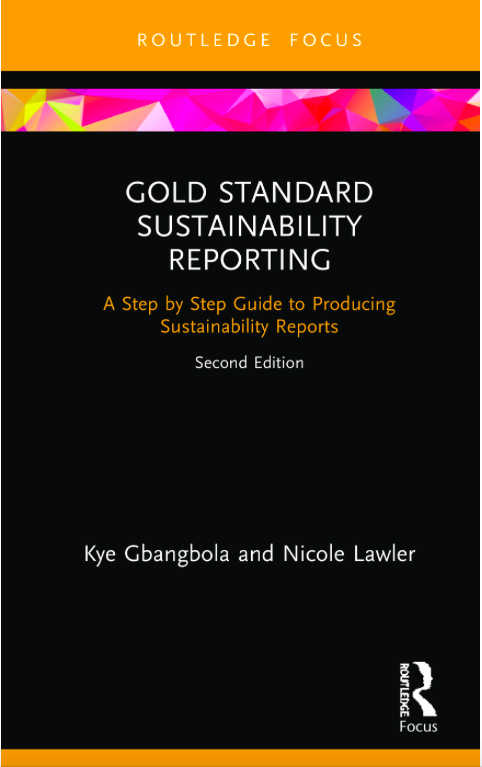ENDS has seen an early draft of the list that has been circulated among EU member states and other interested parties, along with proposed criteria for either adding or removing further hazardous substances.
The list is being developed by the European Commission under the Environmental Quality Standards (EQS) Directive for substances that may pose a risk to the water environment, but where monitoring data is currently lacking.
The idea of a watch list was formed last year after member states decided there was not enough data to set legal EQS limits for three drugs: diclofenac and the contraceptive drug hormones E2 and EE2.
As a result, the revised EQS directive gives the Commission until 14 September 2014 to finalise the first watch list of up to 10 substances. It will be updated every two years thereafter and can grow to 14 substances.
Substances that may pose a significant risk to or via the aquatic environment can be considered for listing, according to the proposed criteria. This means there should be “reliable evidence of hazard and of a possible exposure risk”.
There should be insufficient monitoring data to conclude whether this possible risk warrants listing as a priority substance with associated EQS.
Substances banned or due to be banned under other pieces of EU legislation should not be listed unless emissions from sources such as imported products might be expected, or where the substances are persistent, bioaccumulative and toxic (PBT) or very persistent and very bioaccumulative (vPvB).
The Commission anticipates that more than seven substances might be proposed for inclusion alongside the three drugs, and suggests prioritisation criteria such as the hazardousness of the substance and its relevance to drinking water.
The extent and nature of its use should also be considered along with the ease of monitoring it in the water environment.
Proposed criteria for de-selection from the watch list include where monitoring data “do not suggest that a significant risk is likely to be identified, and space is urgently needed” on the list for another substance.
The paper says monitoring under the watch list should account for natural background levels of a substance. Monitoring site selection should take account of polluting inputs, with exceedances only reflecting risks to the wider water environment.
An annex to the proposals lists free cyanide and bioavailable zinc as substances that could be added to the watch list. Both were highly ranked during the last review of priority substances but monitoring data was lacking, the paper notes.
A draft first watch list will be agreed in May and a final draft in July. This will be finalised during August and September according to internal commission procedures.
[email protected]
Original post http://www.endseurope.com/35234/zinc-and-cyanide-could-join-eu-water-watch-list
Zinc and cyanide could join EU water watch list
By Simon Evans
ENDS Europe, 20 March 2014
Water, river (Credit: Mark Devine CC BY-SA 2.0)















 RSS Feed
RSS Feed
